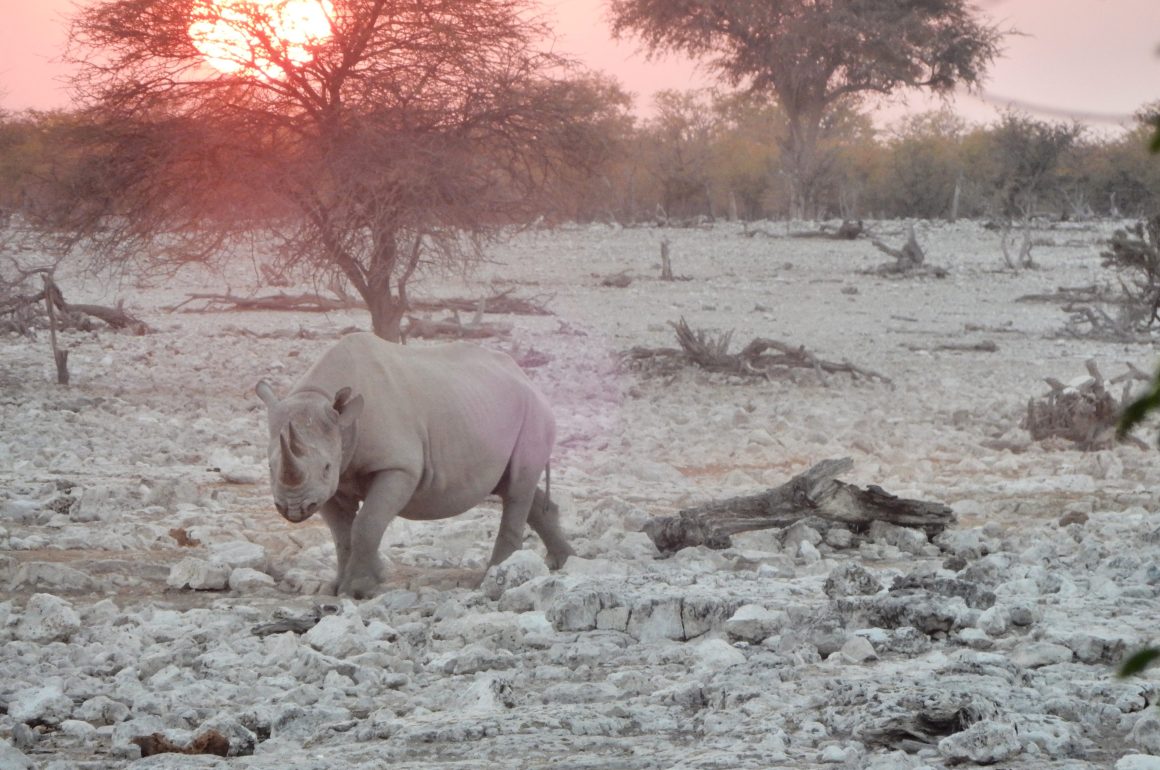
Namibia – I have said it before – is an enormous country. It is also very empty (about 4 inhabitants per square kilometre) so asking for directions may be a bit of an issue. This means you have to prepare before birding. Here are my personal notes on finding three Namibia specials and a recommendation to go and visit. The country may have only one endemic species – the Dune Lark – but it shares a series of near-endemic species with Angola. A horrific civil war followed by onerous and expensive visa application procedures have kept Angola under-birded, so the near-endemics can only be seen reliably in Namibia. This will likely change as Angola is opening up to tourism. It’s very high on my own wish list so hopefully I will be able to report on the opportunities in this wonderful country. I could mention here that I have illegally visited the country twice but that might influence future visa applications, so I won’t.
What are we looking for? First, the Dune Lark. The easiest to spot and the one true endemic. Specialist handbooks and “Where to find…” books will tell you to go to the dunes on the road to Sossusvlei. Follow the instructions, walk around in the red sand and you will eventually find the larks. Alternatively, join a nature and culture guided tour, wait for the guide to dig up the Dancing White Lady Spider and the Dune Lark will swoop in and finish off the spider in front of you. The spider can kill the lark and they’re about the same size, but the ready appearance of the lark, the professional way it neutralised the spider and the total lack of fear of humans told me this is an acquired skill. Whereas I can claim innocence – I did not know this was going to happen – you, dear reader, can no longer pretend. Is this an ethical way of seeing a bird?
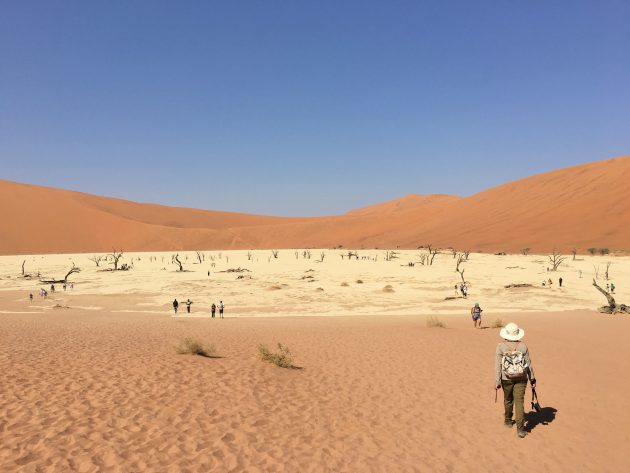
Number two, without unethical trickery but with a lot of taxonomic chicanery. The Herero Chat has been called a chat, a flycatcher, a flycatcher-chat and “@#%^!@!! bird after three days of looking for it around the Spitzkoppe mountains. I stopped swearing and decided to no longer follow the instructions in my guidebook and find myself an undescribed patch of probable habitat. I needed rocky terrain, scattered trees and, because the successful guidebook authors can’t be completely wrong, all this relatively close to the foot of the Spitzkoppe. I followed the D1925 east towards the D3716 and found excellent habitat to the east of the mountains. It didn’t take long for me to hear the bird’s call and after a good 30 minutes looking: the bird itself. I explored a bit more and found suitable habitat (but no more birds) all around the mountains. The year I visited was very dry which may have made the quest more arduous and longer than usual. I would recommend the Spitzkoppe Mountains as a prime location for the Herero Chat, but do explore on your own – you will be more successful.
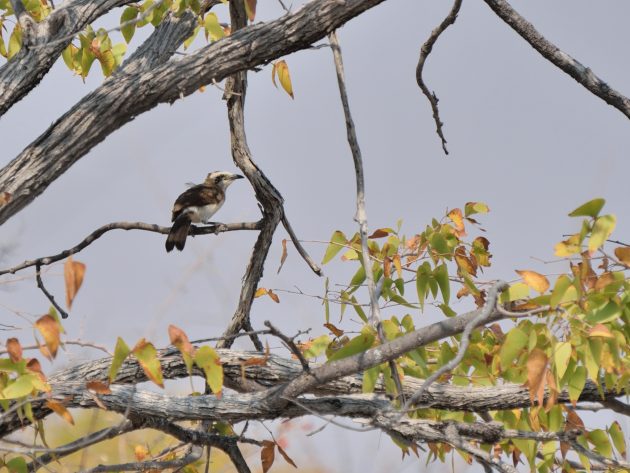
The Herero Chat proved to be hard to find, but the Angola Cave-chat is hard to get to. One must drive north through the desert to the lush banks of the Kunene River.

I stayed at the Kunene River Lodge, where the owner took me to the Zebra Mountains – a strange geological mix of light and dark rocks that indeed are reminiscent of a zebra’s monochromatic coat. On the way west, it is possible to find Cinderella Waxbill and Bare-cheeked Babblers (pictured above), but the Angola Cave-chat is the star attraction. We arrived after a long drive into Himba land through dense mopane savannah, settled in and waited for the bird. Our guide told us to look for a black-and-white bird and my wife answered: “Like the one that’s on those rocks there?”. Tu-tu-du-it.

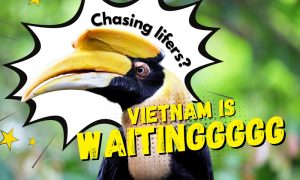
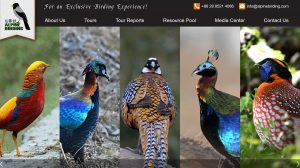
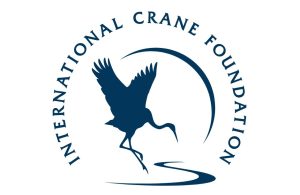
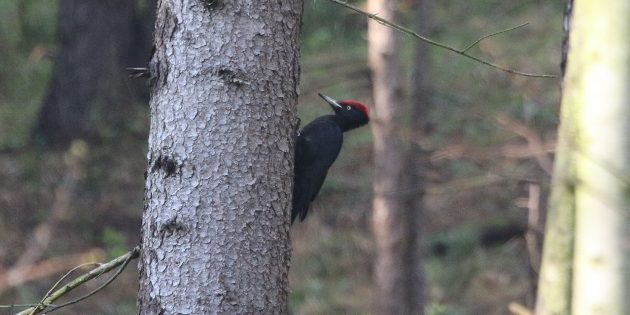
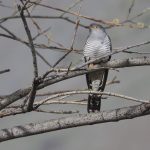

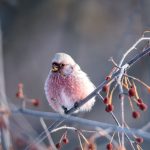
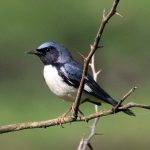
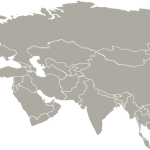
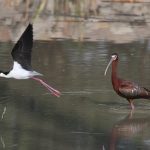
Leave a Comment